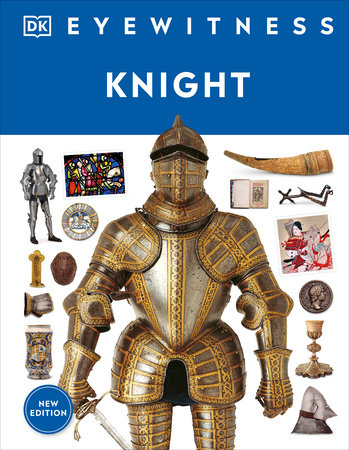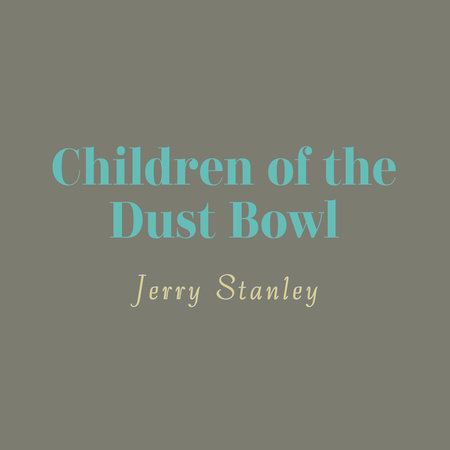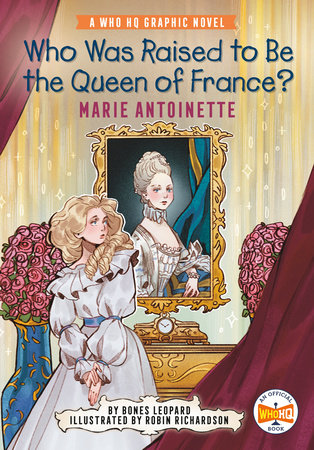

Hatching Chicks in Room 6
By Caroline Arnold
By Caroline Arnold
By Caroline Arnold
By Caroline Arnold
By Caroline Arnold
By Caroline Arnold
Part of Life Cycles in Room 6
Part of Life Cycles in Room 6
Part of Life Cycles in Room 6
Category: Children's Nonfiction | Children's Picture Books
Category: Children's Nonfiction
Category: Children's Nonfiction

-
$7.99
Mar 12, 2024 | ISBN 9781623542689 | 3-7 years
-
$17.99
Jan 10, 2017 | ISBN 9781580897358 | 3-7 years
-
Jan 10, 2017 | ISBN 9781607349914 | 3-7 years
YOU MAY ALSO LIKE

Eyewitness Animal

The Seminoles

El Tummy Time

Knight

Super Simple Psychology

Pop-Up Peekaboo! Disney Moana

A Kids Book About Israel & Palestine

Children of the Dust Bowl: The True Story of the School at Weedpatch Camp

Who Was Raised to Be the Queen of France?: Marie Antoinette
Praise
♦ It’s a lucky kindergartner who gets to witness the miracle of life through the incubation of eggs.
White kindergarten teacher Mrs. Best raises chickens at home and is teaching her diverse group of students about chickens and eggs. In brilliant close-up photographs, readers see the students’ wide-eyed faces as they learn about incubation, the parts of the egg, the egg tooth, and everything else about the 21-day cycle from egg to chick. The easy-to-read narrative follows the days to hatching and the first weeks of life in the classroom. On many pages, the classroom story is supplemented by scientific information set in faux hand-written type in egg-shaped callouts. Teachers who are contemplating bringing eggs (and their eventful chicks) into the classroom will learn much here. Ample backmatter will help to answer any additional chicken questions for the especially interested teacher or student, including some tricky ones. For example, she broaches the truth that only 50 to 80 percent of incubated eggs hatch, and she makes it clear that chicks are not good house pets.
Arnold captures the joy and mystery of this familiar unit of study. (glossary, websites, bibliography).
—Kirkus Reviews
♦ Through photographs and direct, unadorned writing, Arnold (Living Fossils) takes readers to a (real-life) kindergarten class in Los Angeles, where the teacher, Mrs. Best, brings in eggs from the chickens she keeps at home. As the children tend to the eggs, keeping track of the 21-day incubation cycle on a calendar, readers learn about the parts of an egg and how chick develops inside. Finally, the eggs begin to hatch: “Little by little, the shell begins to crack. It is like unzipping a zipper.” Arnold’s photographs clearly show the children observing, feeding, and learning how to hold the chicks, which eventually return to Mrs. Best’s house. A glossary and answers to common questions (“When you eat an egg, are you eating a baby chick?” “Do chickens make good pets?”) conclude this up-close look at where chickens—and their eggs—come from.
—Publishers Weekly
♦ Readers are in for a treat as they join Mrs. Best and her kindergarten class for their egg-hatching project, aka the most adorable class project ever. Mrs. best has brought a variety of chicken eggs—brown, white, speckled—from her backyard coop to an incubator in her classroom in order to teach her students about how chicks grow. The informative text is augmented by copious photo illustrations, including a diagram of the different parts of an egg, a demonstration of candling (placing a fertilized egg over a light to see inside it), and eventually the fluffy chicks themselves. The book documents how Mrs. Best’s diverse class counts down the 21 days until the eggs hatch, the hatching process, and the first month of the chicks’ lives, detailing their care and growth, and nesting quick facts in egg-shaped ovals throughout. Readers will come away with a good understanding of chickens’ origins and will likely want to rush off to hatch an egg of their own, but Arnold wisely cautions that chickens do not make good pets.
—Booklist
♦This photoessay follows Los Angeles kindergarten teacher Jennifer Best as she shares her enthusiasm for raising chickens with her young students. Best brings in the fertilized eggs and an incubator, and over the next two months the kids (and, by extension, Arnold’s audience) learn about and observe first hand the development of the embryos, the exhausting work of hatching, and the first weeks of the chicks’ lives. The chonological narration keeps readers invested, while egg-shaped insets add information or context as needed. It’s close-up photographs, though, that will make this a class pleaser, with views of hardware, cages and feed, eggs cracking open, and of course bedraggles little hatchlings and the adorable little fluffballs they become. A Q&A on all things chicken, a glossary, and lists of kid-friendly print and online resources are included. Forward-thinking carnivores in the audience may wonder what will happen to these chicks, but Arnold simply concludes, “In about five months the roosters will be able to crow. The hens will start laying eggs. Perhaps next year some of their eggs will come back to school and hatch into new chicks.” Fair enough.
—BCCB Reviews
21 Books You’ve Been Meaning to Read
Just for joining you’ll get personalized recommendations on your dashboard daily and features only for members.
Find Out More Join Now Sign In


















